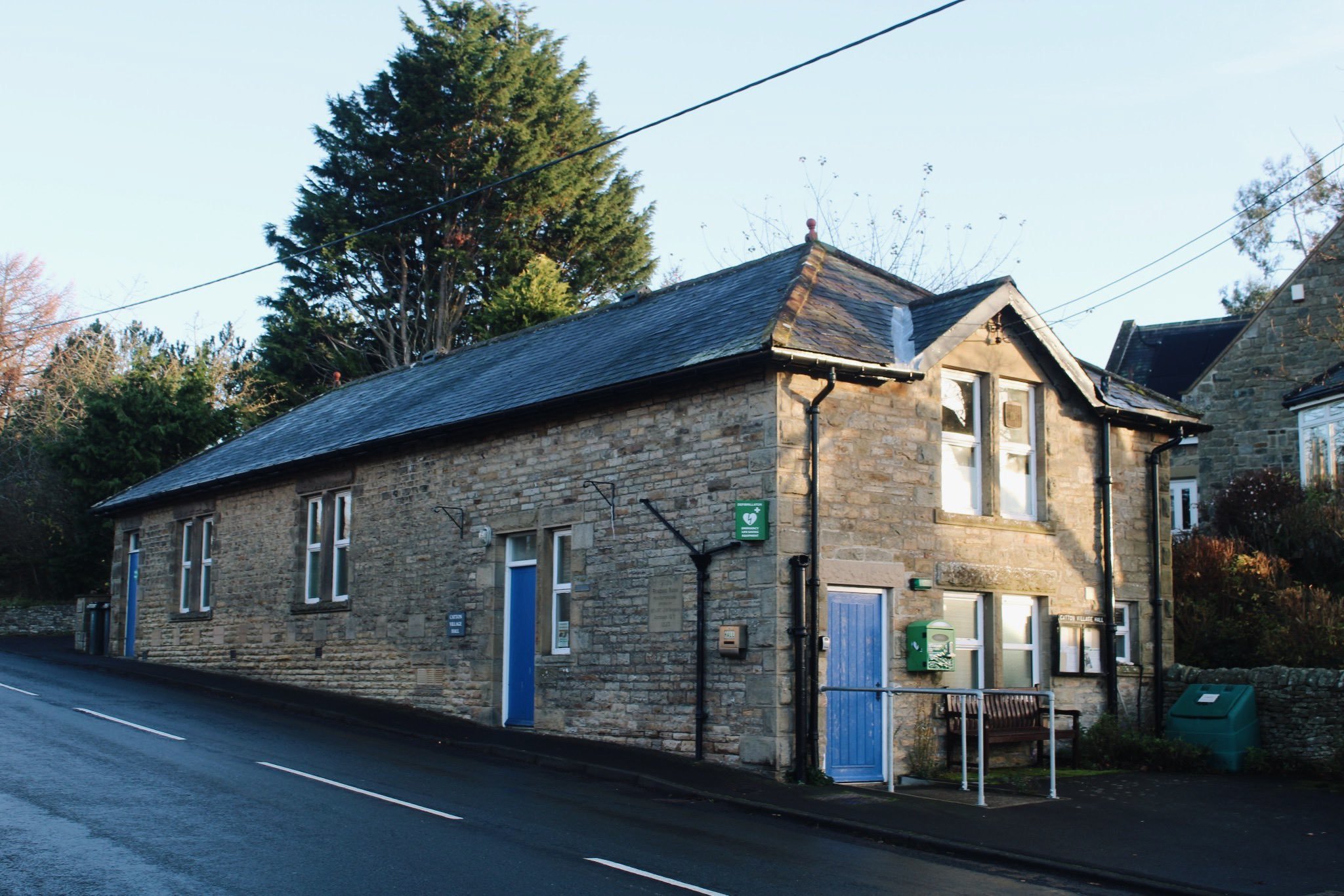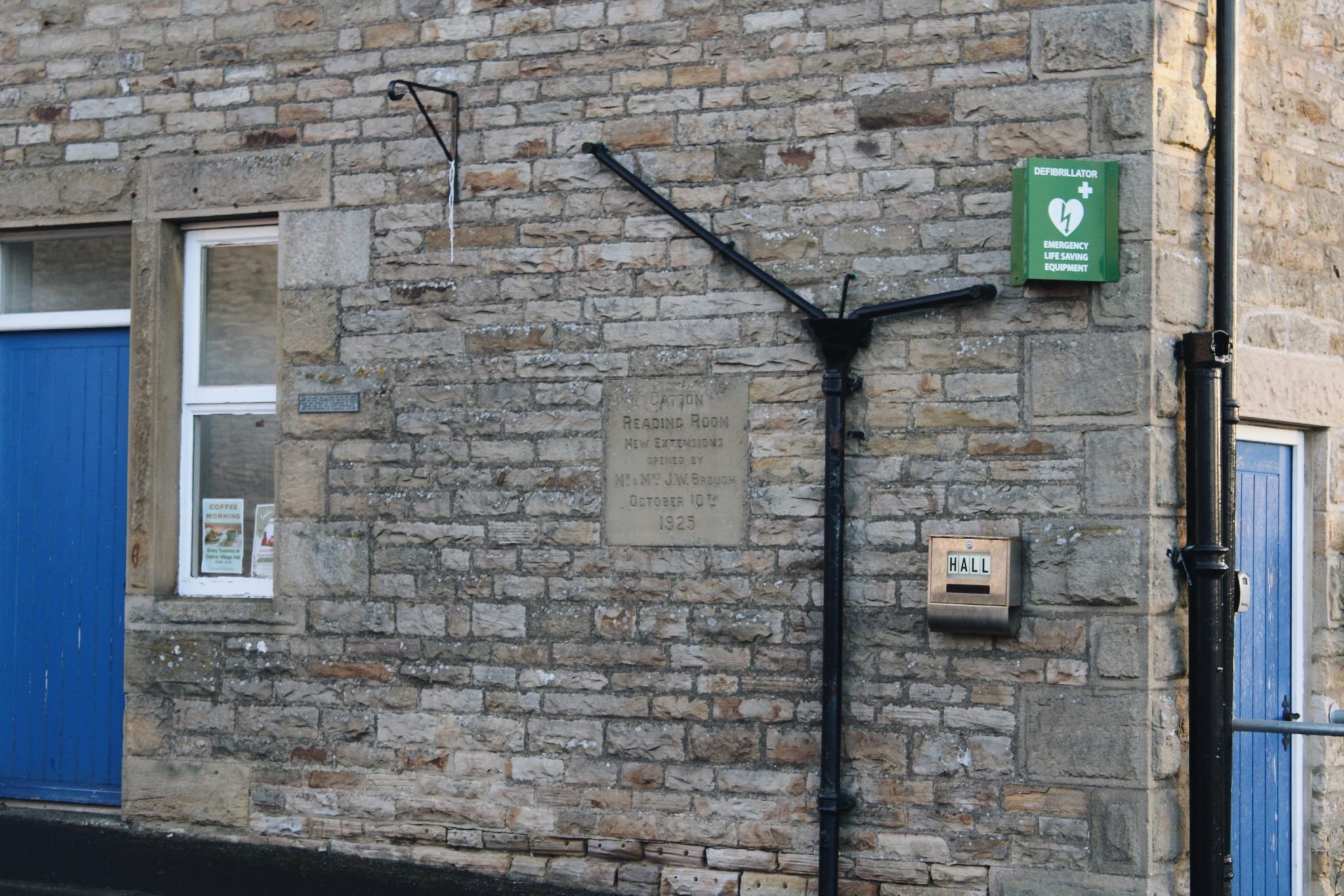
Catton, Northumberland
Catton Reading Room
Last Updated:
12 Dec 2024
Catton, Northumberland
This is a
Reading Room, Village Hall
54.914692, -2.269523
Founded in
Current status is
Extant
Designer (if known):
Joseph Shield

Now the Village Hall
This stone building at Catton isn't flash or particularly grand at all, but it's still played an important role in the development of the community so I felt it important to share.
This is Catton's old Reading Room, a once important part of the social framework in rural and industrial communities. They posed as libraries & meeting rooms for local working families and provided material which would generally be out of reach due to finances and time. When reading rooms started popping up in the 19th century, free libraries were generally centred in larger municipal areas so these were kind of a local alternative.
This reading room was the first in the village, built and opened in 1914 and was filled with books and publications for the betterment of the local community. A donation was actually made by the estate of Andrew Carnegie who funded a whole host of libraries across the country, especially in more impoverished and industrial areas. His £50 donation made a good percentage of the £350 it cost to fund the project.
The builded accommodated 200 persons and also hosted local performances and concerts. The architect was Mr Joseph Shield with many local artisans contributing to the stonework, woodwork and internal paintings. It was later extended in 1923 - testament to its use and popularity.
Listing Description (if available)


We'll start from 1921 and work our way back, as we can see the Reading Room in this much newer plan. You'll see its on the northern peripheries of the main village, with Catton Gate the next stop. It stood opposite the Unicorn, a new closed pub, and the village school. Catton has seldom changed in the years since - only residential properties have popped up to fill the gaps.
The 1890s map tells a similar story, though obviously without the reading room. Reading facilities may have been available at the local chapel. The only noticeable change between the two is the later addition of water troughs, some being the striking and ornate taps featuring across Allendale.

The 1860s Ordnance Survey features a similar landscape to what we see today, though without the Wesleyan Chapel which was still located at Catton Gate just north of here. One of the most historic buildings in the village is Curtain House Farm close to the ford which still remains - a late 16th or early 17th century bastle house though has been thoroughly modernised today.

The reading room in November 2024

The plaque commemorating the opening of the extension in October 1923.
